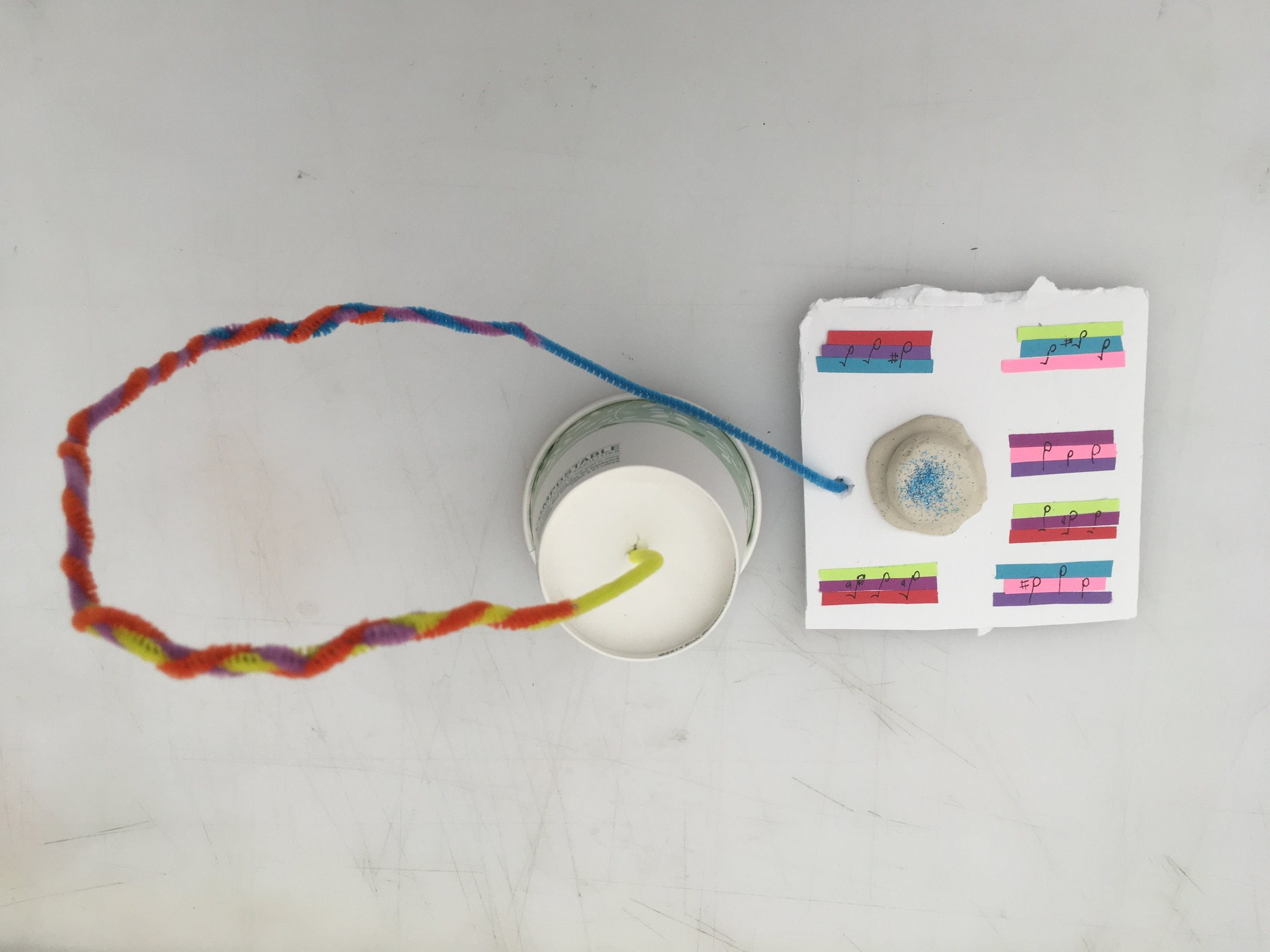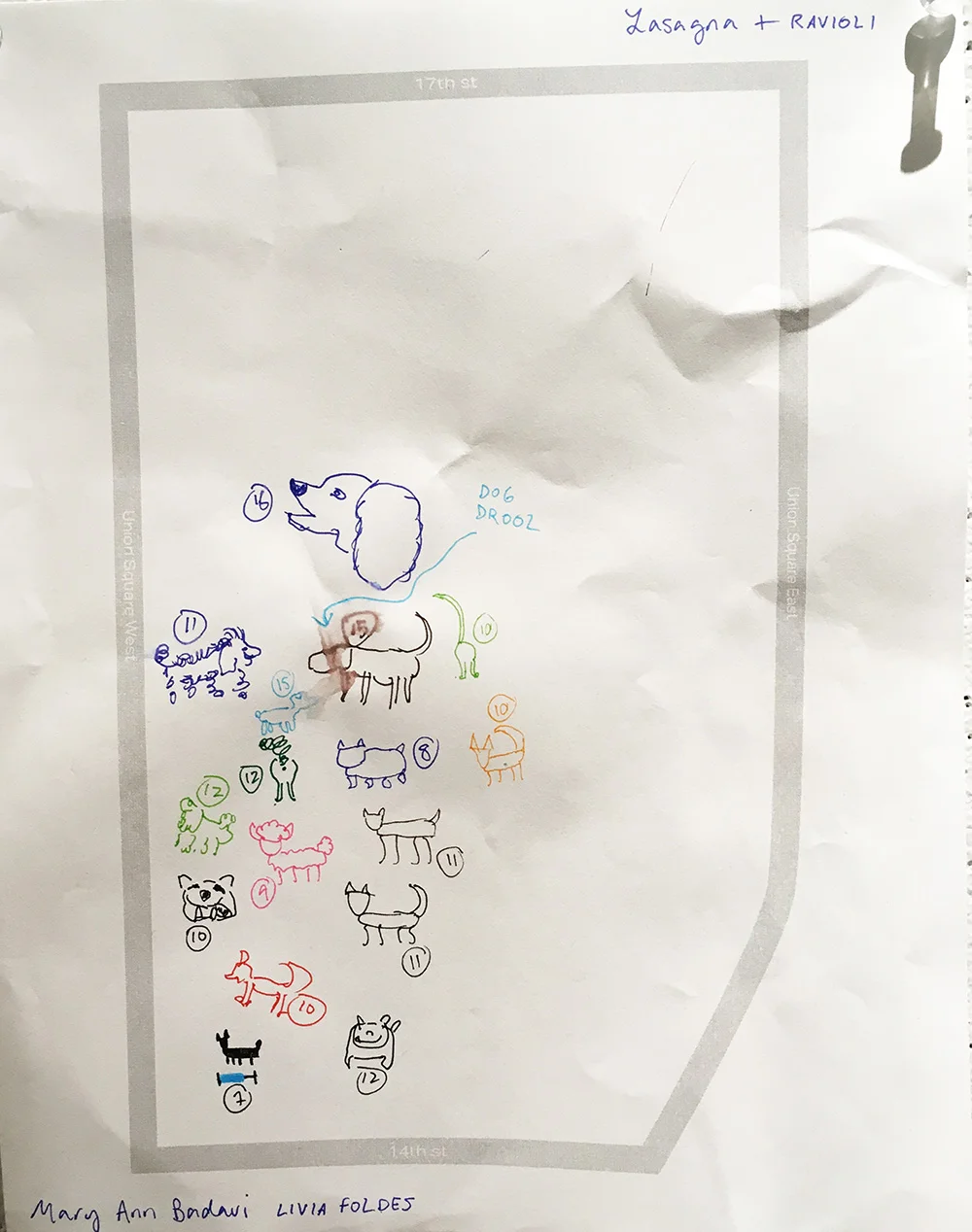It’s a real challenge to narrow it down to just five, but here are the broadest or most top-of-mind things I’d like to achieve during my two years at DT:
Learn more about mixed reality (including creating XR experiences) and determine whether it’s a viable technology for mass access.
The XR field is something I’m very interested in but know almost nothing about. I’ve heard AR and VR thrown around a lot in tech spaces, but as someone who’s been in the design field for a while, I haven’t even experienced an XR experience. If I don’t have access to it, how can a person who’s not in the design space? Is this a feasible technology that people will actually be able to access? And if so, how can we anticipate the ways in which companies will exploit people with it, and how can we combat that? I’m taking the Mirrorworlds currents course and I think that class will help answer a lot of these questions for me.Explore creating immersive experiences through projection mapping and sound design.
As an avid museumgoer and a former resident of Washington, D.C. (where I was spoiled by all the free museums), I’ve seen more museums like the National African American History and Culture Museum and the Holocaust Museum experiment with forms of immersive experiences. I’ve found these exhibits to be extremely effective and I’m interested in learning how to create those myself. I plan to take some courses exploring these tools and perhaps do a major studio project incorporating them.Understand how machine learning works and how best to anticipate/identify bias in AI.
I don’t really think that I want to work in the machine learning space after MFADT (though who knows at this point), but I do want to understand how it works a bit better. As someone who loves learning about emerging technology but is extremely skeptical of it, I’ve read and heard of the countless stories of bias in AI causing real harm. I don’t think it’s possible to create a completely unbiased system through machine learning, but I do want to know how to test for and mitigate it.Experiment with different ways to craft narratives, including nonlinear storytelling, through code and technology.
I found my way to design through writing and storytelling, so one of my core goals is to learn different ways of telling stories through the various tools taught at MFADT. Whether that’s something very direct like experimenting more with text/image, or less direct like nonlinear storytelling, I hope to come out of DT with more tools to be able to tell my own stories and to help other organizations tell their stories.Determine methods to contribute to the social justice/impact space through means other than web design—or, put another way, figure out how I can utilize design and technology to help nonprofits beyond just redesigning their website.
This is the big goal. I came to DT from the nonprofit sector, and while I’m not married to the idea of going back to nonprofit after, I am married to the idea of continuing to do social good. But nonprofits are still pretty stuck in the idea that the only way to utilize design is through print or web design (which is what I did before DT). I want to know how I can expand that out to utilize other technologies to work in the social impact sphere. I think all of the goals mentioned above are ways to contribute to this last goal, so ideally I’ll be able to work on this throughout my entire DT experience.












